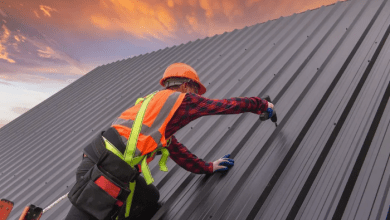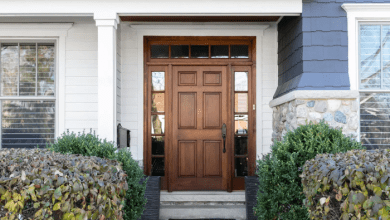
Pavement may seem incredibly durable, but even the toughest surfaces inevitably wear down over time. Everyday use, combined with exposure to the elements, gradually takes its toll. Whether it’s a driveway at your home, a busy parking lot, or a well-traveled roadway, addressing small cracks or signs of wear early can prevent minor issues from escalating into major, costly repairs. This is especially true in regions with unpredictable weather patterns, where freezing temperatures, thawing cycles, and heavy rain can accelerate pavement deterioration. Early detection and timely asphalt maintenance are critical for extending the lifespan of these surfaces. Projects involving asphalt paving in Utah, for example, often prioritize identifying and repairing damage before it causes significant structural problems or safety concerns.
1. Cracks That Keep Growing
Cracking is one of the first signs that pavement needs repair. While small cracks are normal as pavement ages, they shouldn’t be ignored. Cracks let moisture seep below the surface, weakening the base and causing further damage. If cracks begin to spread or deepen, it signals more serious underlying problems. In areas with freeze-thaw cycles, water inside cracks can expand and worsen the damage over time. Addressing cracks early can prevent larger issues and save both time and money.
2. Uneven or Sunken Areas
A level surface is essential for safety and durability. Uneven or sunken pavement indicates a compromised foundation, often caused by water erosion, poor drainage, or soil movement. Beyond being an eyesore, uneven pavement creates tripping hazards and can damage vehicles. It also allows water to pool, accelerating deterioration. When these areas appear, repairs or replacement may be needed to restore stability.
3. Potholes and Surface Breakage
Potholes are a clear and damaging sign of pavement wear. They form when water seeps into cracks, weakening the foundation and causing the surface material to break apart. In high-traffic areas, potholes can expand quickly, leading to more severe structural issues. Besides being a safety hazard, they indicate that the pavement is losing its structural integrity. If you notice multiple potholes or the surface is crumbling, a full replacement may be more effective than simple patchwork.
4. Fading Color and Surface Wear
Healthy asphalt is dark. Sunlight, water, and heavy use cause it to fade and lose its smooth texture over time. While fading alone doesn’t always demand replacement, it indicates the protective layer is weakening. A porous surface absorbs water, accelerating subsurface damage. Regular sealing can help, but if fading is accompanied by cracking and a rough texture, a more significant repair may be needed to restore the pavement’s strength and look.
5. Poor Drainage and Standing Water
Water is one of pavement’s biggest enemies. If you notice standing water on your driveway or parking lot, it’s a sign that the surface no longer slopes or drains correctly. This problem can quickly lead to erosion, cracking, and structural weakness as water seeps into the base layer, causing it to shift or wash out. Over time, this compromises the entire structure. Addressing drainage issues early is crucial to preserving the pavement’s lifespan and avoiding major reconstruction later.
When Repair Is No Longer Enough
While repairs can fix many pavement issues, sometimes replacement is the wiser investment. If your pavement shows multiple signs of failure—like deep cracks, potholes, uneven surfaces, and poor drainage—it may have reached the end of its lifespan. Proper asphalt paving rebuilds your surface to withstand local conditions for years. Whether for a residential or commercial property, safe, smooth pavement enhances both safety and curb appeal. Quality paving is particularly important in Utah’s climate, as it ensures durability and reduces long-term maintenance costs.




